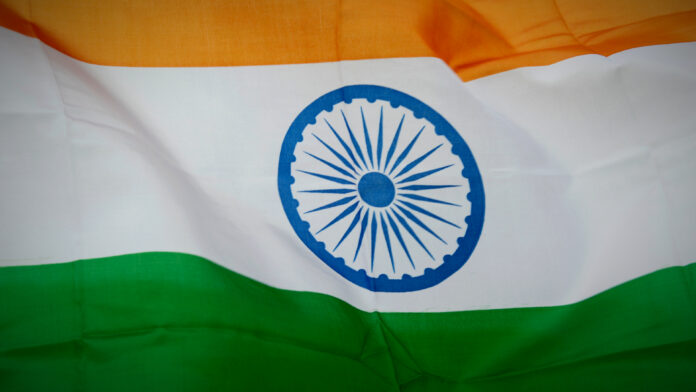Rahul Vatts, chief regulatory officer at Bharti Airtel, noted that the telecom sector in India will need around 2,000 megahertz of spectrum by 2030
In sum – what you need to know:
Spectrum demand surge – India’s private telcos are urging the government to develop a long-term spectrum roadmap, citing a projected fivefold increase in spectrum needs by 2030 to support 5G and IoT growth.
Call for policy innovation – Airtel and Vodafone Idea proposed mechanisms like spectrum swapping and forward payment credits to optimize spectrum use.
Regulator’s response – The Department of Telecommunications downplayed concerns, noting that spectrum supply generally exceeds demand.
India’s leading private telecom providers Bharti Airtel, Reliance Jio Infocomm and Vodafone Idea have renewed calls for a long-term spectrum strategy to support the country’s 5G vision and the rapidly expanding Internet of Things (IoT) market.
Speaking at the ETTelecom 5G Congress 2025, representatives of these carriers noted that current spectrum resources fall short of the projected requirements.
Referencing a GSMA report, Rahul Vatts, chief regulatory officer at Bharti Airtel, noted that the telecom sector in India will need around 2,000 megahertz of spectrum by 2030. This figure compared with the 400 megahertz that are currently allocated.
“There is a humongous need for spectrum going ahead. Some reports show about 30 billion IoT devices, which will also require spectrum,” Vatts said during a panel at the event. He also proposed innovative solutions such as spectrum swapping and crediting payments for future dues when a telco returns underutilized airwaves to the government.
“For instance, if I have already paid for spectrum, and now I feel I could have used 1800MHz or 2100MHz better. I surrender that spectrum, and if I have paid that money to the government for the next few years, naturally, you either refund me or adjust me against future spectrum dues,” he added. “We have to look at the future. We are talking about 5,400 exabytes to 54,000 exabytes of data. We have to start now with regards to a spectrum roadmap.”
Meanwhile, Vodafone Idea’s chief regulatory affairs officer, Ambika Khurana, shared similar concerns, suggesting that the actual spectrum demand might go beyond the projected 2GHz.
“So having a collaborative dialogue between the government, the industry, advisors and think tanks while looking at global practices would be the way ahead to ensure that we do not have the scarcity we are talking about,” she stated.
AK Tiwari, President of regulatory and policy at Reliance Jio Infocomm, also called for the allocation of more spectrum in the 3.5 GHz mid-band and urged the release of contiguous bands between 6 GHz and 8.4 GHz. He argued that assigning the 6GHz band to communications services could enhance India’s digital growth.
“Apart from the upper 6GHz, which is called the golden band, up to 8.4GHz, right from 7.125GHz is very important, because it is a contiguous band. And giving the contiguous bands to telcos would ensure better spectrum and capacity utilization,” Tiwari said.
Responding to these concerns, Sunil Kumar Singhal, deputy director general of license and policy at the Department of Telecommunications (DoT), affirmed that the current spectrum supply generally exceeds operator demand.
“We have observed that normally, the spectrum availability is more than the demand on the ground. In addition to the mid-band spectrum that we are already working on, we have now also started working on high-end millimeter wave bands, including terahertz spectrum bands in India,” he stated. “So I don’t see any shortage of spectrum in the times to come for operators in the country.”
India had 469,000 5G base stations at the end of February, according to the latest available figures from the country’s Ministry of Communications. The ministry said the number of active 5G subscribers in the country surpassed 250 million in less than two and a half years since 5G was commercially launched.
It said 5G coverage now extends to all states and 99.6% of districts nationwide.
Indian operators Reliance Jio and Bharti Airtel have started their 5G rollouts in October 2022. Currently, both Bharti Airtel and Reliance Jio Infocomm offer 5G networks at a national level.
Vodafone Idea recently joined them, launching its 5G service in Mumbai.

